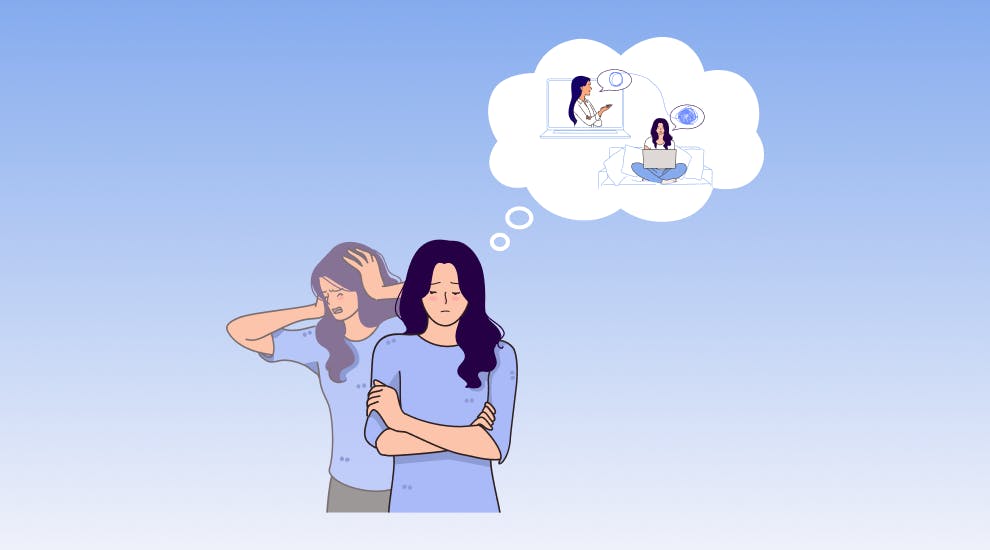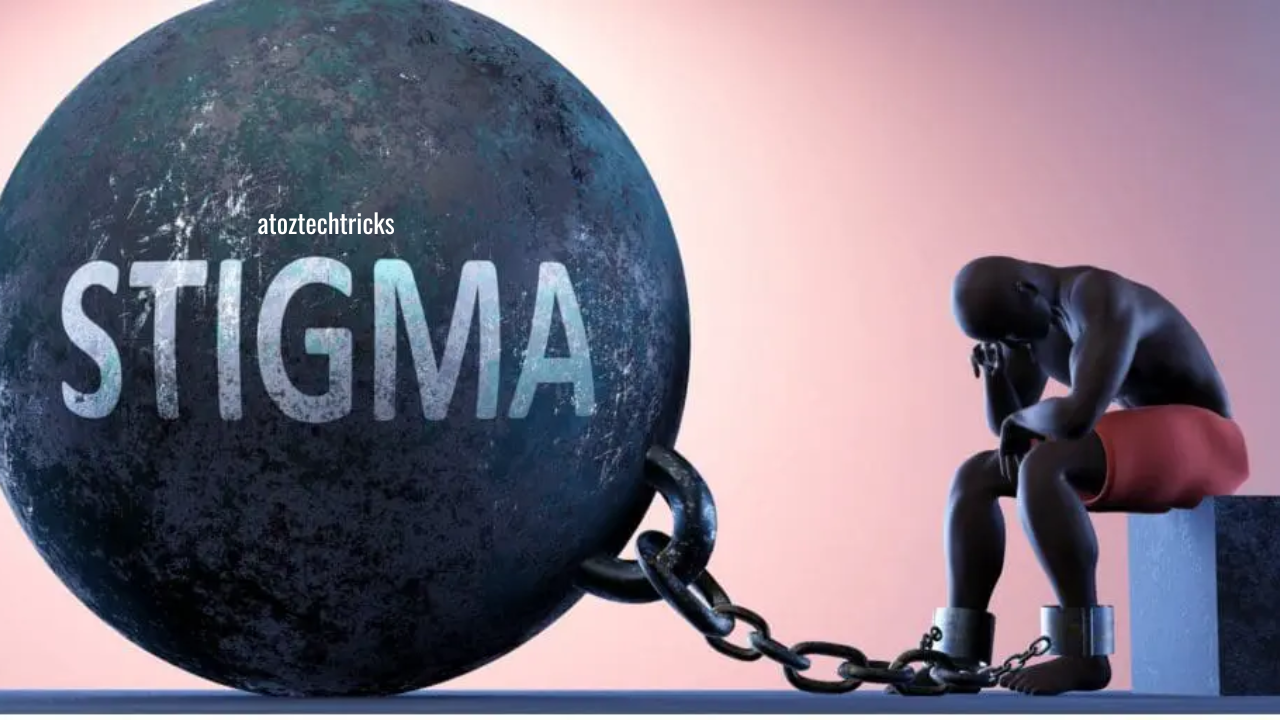Stigmas Surrounding Mental Health: Understanding, Challenging, and Overcoming
Mental health is critical to overall well-being, yet it remains shrouded in stigma and misunderstanding. Despite advancements in medicine, psychology, and public awareness, stigmas surrounding mental health persist, creating barriers to treatment, support, and recovery. This article explores the origins, impact, and ways to challenge and overcome the stigmas associated with mental health.
Understanding Mental Health Stigmas
Mental health stigmas are negative attitudes, beliefs, or stereotypes about individuals with mental health conditions. These stigmas can manifest in various forms, including social stigma, self-stigma, and institutional stigma.
- Social Stigma: This type of stigma refers to prejudiced attitudes and discriminatory behaviors directed at individuals with mental health conditions. It is often rooted in ignorance, fear, and misinformation. Social stigma can lead to isolation, exclusion, and the denial of rights.
- Self-Stigma: When individuals internalize negative stereotypes and beliefs about their mental health condition, they experience self-stigma. This can lead to feelings of shame, guilt, and low self-esteem, making it difficult for them to seek help or support.
- Institutional Stigma: This refers to the systemic discrimination embedded within policies, practices, and laws that disadvantage people with mental health conditions. Institutional stigma can result in inadequate funding for mental health services, lack of access to care, and unequal treatment in various sectors, including healthcare, employment, and education.
Historical Context of Mental Health Stigmas
The stigmatization of mental health is not a new phenomenon; it has deep historical roots. In ancient civilizations, mental illness was often attributed to supernatural forces, such as possession by evil spirits or divine punishment. Individuals with mental health conditions were frequently ostracized, confined, or subjected to inhumane treatment.
During the Middle Ages, the understanding of mental health continued to be influenced by religious and superstitious beliefs. People with mental illnesses were often seen as sinners or witches and were subjected to brutal treatments, including exorcisms, imprisonment, and even execution.
The advent of the Enlightenment in the 18th century brought some progress in the understanding of mental health, with the emergence of more humane treatment approaches, such as moral therapy. However, stigmas persisted, and mental health institutions were often overcrowded and underfunded, leading to poor conditions and mistreatment of patients.
The Modern-Day Stigma
Despite significant advancements in mental health care and understanding, stigmas surrounding mental health persist in modern society. These stigmas are perpetuated by various factors, including media portrayal, cultural beliefs, and societal attitudes.
Media Influence
The media plays a significant role in shaping public perceptions of mental health. Unfortunately, mental illness is often portrayed inaccurately or sensationalized in movies, television shows, and news reports. Characters with mental health conditions are frequently depicted as violent, dangerous, or unpredictable, reinforcing negative stereotypes. These portrayals contribute to fear and misunderstanding, leading to social stigma.
Moreover, the media often highlights extreme cases or tragic outcomes, such as mass shootings or suicides, while neglecting stories of recovery and resilience. This skewed representation reinforces the idea that mental illness is something to be feared rather than understood.
Cultural Beliefs and Societal Attitudes
Cultural beliefs and societal attitudes also play a significant role in perpetuating mental health stigmas. In many cultures, mental illness is seen as a sign of weakness or moral failure. This belief can lead to discrimination, exclusion, and mistreatment of individuals with mental health conditions.
In some societies, mental health is a taboo subject, and people are discouraged from discussing their struggles or seeking help. This silence further perpetuates stigma and prevents individuals from receiving the support they need.
Moreover, societal expectations around productivity, success, and self-reliance can contribute to the stigmatization of mental health. People who struggle with mental health conditions may be seen as less capable or less worthy, leading to discrimination in the workplace, education, and social settings.
Impact of Mental Health Stigmas
The impact of mental health stigmas is far-reaching and profound. Stigmas can affect every aspect of a person’s life, including their mental and physical health, relationships, and opportunities.
Barriers to Treatment and Support
One of the most significant impacts of mental health stigma is the barrier it creates to treatment and support. Many individuals with mental health conditions are reluctant to seek help due to fear of judgment, discrimination, or rejection. This delay in seeking treatment can exacerbate symptoms and lead to more severe mental health issues.
Stigma can also affect the quality of care that individuals receive. Healthcare providers may hold biased attitudes towards people with mental health conditions, leading to misdiagnosis, inadequate treatment, or neglect. This can result in poorer health outcomes and reduced quality of life.
Coping Mechanisms for Mental Health Conditions: A Comprehensive Guide
Social Isolation and Exclusion
Stigma often leads to social isolation and exclusion, as individuals with mental health conditions may be shunned or avoided by others. This isolation can have devastating effects on mental health, as social support is a crucial factor in recovery and well-being.
People who experience stigma may also be excluded from opportunities for education, employment, and social participation. Discrimination in the workplace, for example, can limit career prospects and financial stability, further contributing to stress and mental health issues.
Internalized Stigma and Self-Esteem
Internalized stigma, or self-stigma, occurs when individuals with mental health conditions internalize negative stereotypes and beliefs about themselves. This can lead to feelings of shame, guilt, and low self-esteem, which can be detrimental to mental health and recovery.
Self-stigma can also create a cycle of negative thoughts and behaviours, making it difficult for individuals to seek help, adhere to treatment, or engage in self-care. This can prolong suffering and hinder recovery.

Challenging Mental Health Stigmas
Challenging and overcoming mental health stigmas requires a multifaceted approach that involves individuals, communities, institutions, and society as a whole. Several strategies can be employed to combat stigma and promote understanding and acceptance of mental health.
Education and Awareness
Education is a powerful tool in challenging mental health stigma. By providing accurate information about mental health conditions, their causes, and treatment options, we can dispel myths and misconceptions that contribute to stigma.
Public awareness campaigns, mental health education in schools, and community outreach programs can help raise awareness and promote understanding. These efforts should emphasize that mental health conditions are common, treatable, and nothing to be ashamed of.
Media Responsibility
The media has a responsibility to portray mental health accurately and sensitively. Journalists, filmmakers, and content creators should strive to avoid sensationalism and stereotypes when depicting mental health conditions. Instead, they should focus on stories of recovery, resilience, and the reality of living with a mental health condition.
Positive media representation can help normalize mental health discussions and reduce stigma. By showcasing diverse and realistic portrayals of mental health, the media can play a crucial role in changing societal attitudes and beliefs.
Advocacy and Policy Change
Advocacy is essential in challenging institutional stigma and promoting policy change. Mental health advocates can work to influence legislation, funding, and practices that affect mental health care and treatment.
Policy changes should focus on increasing access to mental health services, protecting the rights of individuals with mental health conditions, and ensuring that mental health care is equitable and inclusive. This includes addressing disparities in mental health care for marginalized populations, such as people of colour, LGBTQ+ individuals, and low-income communities.
Peer Support and Empowerment
Peer support can be a powerful antidote to stigma. By connecting with others who have lived experience of mental health conditions, individuals can find validation, understanding, and support. Peer support groups, both in-person and online, provide safe spaces for individuals to share their experiences, challenges, and successes.
Empowerment is also key in overcoming self-stigma. Encouraging individuals to take an active role in their mental health care, make informed decisions, and advocate for themselves can help build confidence and self-esteem. Empowerment initiatives can include peer-led education, advocacy training, and self-help resources.
Overcoming Mental Health Stigmas: A Collective Responsibility
Overcoming mental health stigmas is not the responsibility of individuals alone; it requires collective action from society as a whole. Everyone has a role to play in challenging stigma and promoting mental health.
Individuals
Individuals can contribute to overcoming stigma by educating themselves about mental health, speaking openly about their experiences, and challenging discriminatory attitudes when they encounter them. By being empathetic, supportive, and non-judgmental, individuals can help create a more inclusive and understanding society.
Communities
Communities can foster a supportive environment by promoting mental health awareness and providing resources for mental health education and support. Community leaders, organizations, and faith groups can play a vital role in reducing stigma by advocating for mental health and creating spaces for open dialogue.
Institutions
Institutions, including schools, workplaces, and healthcare providers, have a responsibility to address stigma within their practices and policies. This includes providing mental health training for staff, ensuring that mental health services are accessible and equitable, and implementing anti-discrimination policies.
Government and Policy Makers
Governments and policymakers have a crucial role in addressing institutional stigma and ensuring that mental health is a priority. This includes increasing funding for mental health services, enacting anti-discrimination laws, and promoting mental health education and awareness.

The stigmas surrounding mental health are deeply ingrained in society, but they are not insurmountable. By understanding the origins and impact of stigma, challenging misconceptions, and promoting acceptance and support, we can create a society where mental health is valued and respected. Overcoming mental health stigma is a collective responsibility that requires the efforts of individuals, communities, institutions, and governments. Together, we can build a world where everyone has the opportunity to thrive, free from the burden of stigma.




Post Comment